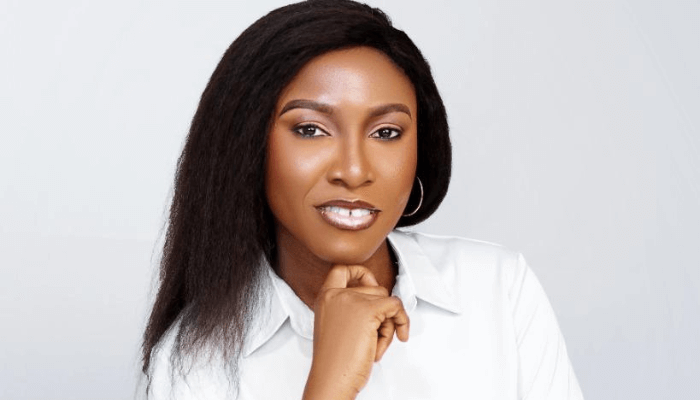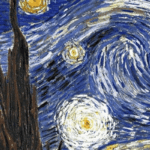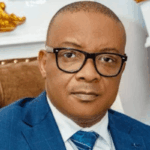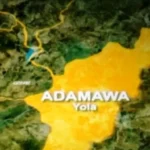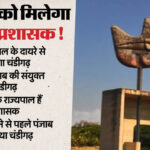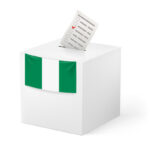With three books, all focused on children, asosa mokuvune Has strengthened her identity as a children's book writer.
Despite her rich science background in geology and computer science, the mother of two has demonstrated proficiency in the arts through her books.
In this interview, Esosa, who is an IT professional, event planner, consultant and three-time author, shares with Obinna Emelike his passion, inspiration for writing, his focus on children and stories with African values, Chizam's colorful journey, his latest release, next book, efforts to reach more children, the influence of his science background on his writing, among other related issues. Part:
For those who are meeting you for the first time, who is Esosa Mokwune?
Esosa is a children's book author deeply committed to telling African stories through a lens of warmth, growth, and moral imagination. Writing for me is a vocation and a childhood dream come true – ever since I was a young girl, I knew that stories have the power not only to entertain but to shape character, heal and affirm identity.
Besides writing, I hold many positions: IT professional, event planner, consultant, and someone who believes passionately in the importance of grounding children's literature in African values.
I'm also someone whose path spans many disciplines – I studied geology, computer science and later earned a master's degree in media and communications. The blend of science, technology and creativity shapes the way I see the world and infuses my work with breadth, curiosity and imagination.
Why interest in children's literature?
My interest in children's literature comes from a recognition: Too many young readers, especially in Africa, grow up reading stories that feel disconnected from their own lives—stories that don't reflect their names, their neighborhoods, or their emotional journeys. I felt a strong desire to present narratives that children could not only enjoy but also connect with on a deep level. Through children's stories, I have the opportunity to teach kindness, resilience, self-image, empathy—planting early seeds. Plus, childhood is where imaginations blossom, and I want to be a part of nurturing that.
How many books have you written so far as an author?
I have published three books for children: Princess with Scars, Auntie NeNe's Short Stories, and my latest release, Chizam's Colorful Journey. Each book represents a different aspect of childhood – from emotional healing to moral lessons to the joys of creativity and imagination.
What makes your latest book a must-read for kids?
Chizam's colorful journey is a celebration of the beauty of self-discovery and exploring the world with an open heart. It encourages children to be curious, creative and embrace the vibrant colors of their personality.
Like all my work, it is written with warmth and intention. The story offers gentle lessons on the importance of self-confidence, expression and celebrating one's uniqueness. Children see themselves in Chizam's experiences – and parents find meaningful topics they can discuss with their children.
How are you ensuring that these books reach more children?
Reaching more children is central to my mission. Firstly, through my website esosawrites.com.
I make books visible and accessible to a wide audience. I also partner with organizations and bookstores that believe in promoting African children's literature.
Additionally, I also plan to invest in school outreach (more on this below), host readings, and leverage social media to generate conversations around my books – not just as stories, but as tools for moral and emotional learning.
Are you reaching out to schools?
Yes – schools are an important part of my strategy. I believe the best way to influence young minds is where they learn: in classrooms, school libraries and reading corners.
I actively reach out to elementary schools to offer reading sessions, story times, and discussion groups based on Auntie Nene's short stories and The Princess with Scars. In doing so, I hope not only to sell books, but also to build reading communities: teachers, librarians, and students who see value in stories rooted in the African experience.
What else do you do besides books to keep your kids busy?
Apart from writing, I engage children through interactive storytelling sessions, workshops and live readings. I often facilitate conversations on topics like empathy, self-confidence, healing, discipline, and self-image in my books and encourage children to reflect, draw, or write their own parallel stories. I also mentor young creative writers, and help them find their voice.
Additionally, I explore multimedia: turning stories into scripts for dramatic reading, or even small animations, to meet children where they are in the digital age.
Do you think children are studying in today's computer age?
Absolutely – but the way they read is changing. Yes, many children are glued to screens, but I believe that reading and screens are not antithetical to each other. Digital reading, interactive story apps, audiobooks – these are all entry points. What matters is making reading relevant and accessible.
My goal is to meet kids in that digital space, offering stories that are meaningful and culturally based so that reading can compete rather than lose out to other digital distractions.
How do you conceive the ideas and themes of your books to ensure that they appeal to children?
My process always starts with observation and empathy. I pay close attention to the world around me: how children speak, what worries them, what makes them happy. I also consider moral and emotional shortcomings I have experienced – for example, how children handle self-image, friendships, failure, or treatment.
When imagining a story, I ask: What moral or emotional truth needs to be told? Then I wrap that truth in a narrative that is playful, relatable, and richly imagined, with characters kids can root for. I also collaborate with illustrators to ensure that the visual dimension supports the narrative in a way that feels enjoyable and familiar.
Considering your science background, how were you able to easily switch to art?
As I mentioned before, I'm very deeply engaged in science, but art has always been a natural part of me – a language I use to express the topics and values I care about.
My professional journey may be based on scientific topics, yet I have never seen science and art as opposites. Instead, I see them as beautifully complementary.
Science has given me discipline, curiosity, structure, and the ability to observe closely – qualities that are invaluable in writing. The analytical rigor it demands helps me create thoughtful storylines, explore cultural details with precision, and create settings that feel authentic and relevant.
On the other hand, writing allows me to step into imagination, emotion, and human connection. This gives me the freedom to translate insights into stories that impact children.
So, I don't switch between science and art – I mix them. Science sharpens my mind; Storytelling nourishes my soul. Together, they shape the writer I am.
When are you publishing your next book?
I'm currently in the conceptual stage for my next book. Although I can't share an exact release date yet, I expect publication within the next 12-18 months.

